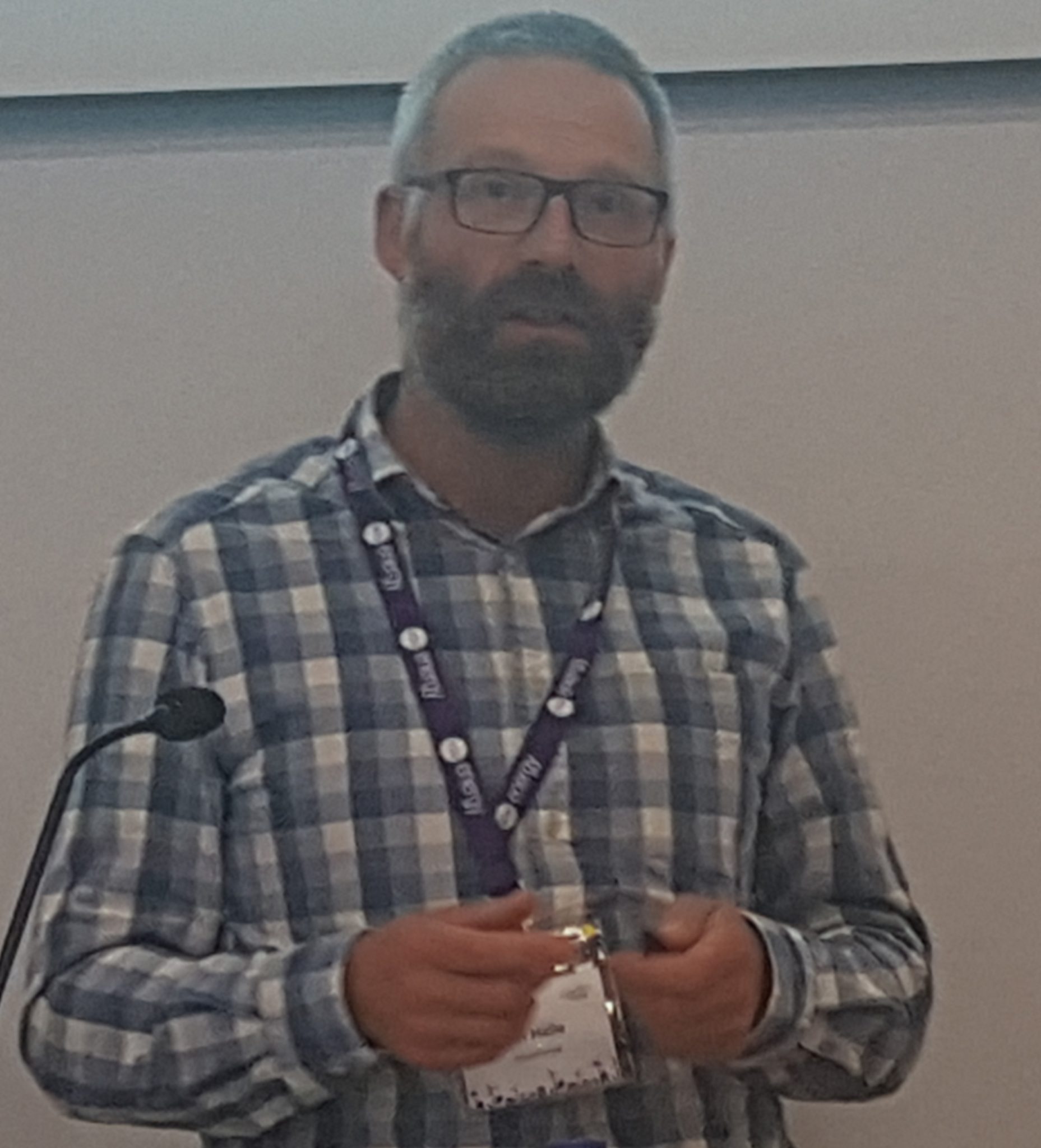Energy co-ops have made great strides in community generation, but other fields are opening up to the sector thanks to the growth of technologies such as as heat sharing and battery storage.
A session at the Community Energy Conference in Manchester last month looked at heat co-ops, which have the potential to play a role in decarbonisation and tackling fuel poverty,
Mike Smyth, chairman of energy co-op network Energy4All, told the session: “Heat is about a third of UK emissions and there’s very little progress in reducing it. It accounts for 50% more emissions than the electricity sector.”
The UK government wants emissions from the heating of buildings reduced to zero by 2050, he added, but “we don’t know how to do it.” However, there is government support in place for for heat initiatives in the form of the Renewable Heat Incentive (RHI), a feed-in tariff for heat which pays per kwH.

And there is inspiration abroad, said Mr Smyth: in Denmark, “64% of households served by district heating and the supply is dominated by heat co-ops. There’s about 350 of them … The co-op movement has driven the commercial sector out of business in Denmark.”
Mr Smyth discussed hot water district heating schemes, which have the advantage of being more easily retrofitted to older buildings with central heating systems, can use waste heat from incinerators and other industrial processes, and can be sustainably powered through woodchip burning.
He gave the example of Springbok Sustainable Wood Heat Co-operative, which built a system at a retirement hamlet on the Surrey-Sussex border.
It provides heating to apartment blocks, houses and communal buildings from two 200kw woodchip boilers. The system, which also has 500m of heating pipes, a boiler house woodchip silo, took seven months and £400,000 to construct, and is “cost-effective at current RHI rates”.
Carbon savings amount are between 275 and 300 tonnes a year and the system provides plenty of reliable heat, he said.
But there are problems for those looking to follow the model to overcome, with the need for feasibility studies, good biomass engineers, and a steady and plentiful supply of quality sustainable woodchip – made from waste timber earmarked for incineration.
Related: Community Energy Conference looks at regulation and tech
Jon Hallé, from Share Energy Co-op, discussed shared-loop ground source heating, which “uses the soil as a big solar panel” by running loops under the ground or digging boreholes to extract stored heat from the sun.
For every 2kW of heat supplied, a user must use 1kW of electricity to pump it around their house.
“You might have a loop which is shared by multiple buildings – potentially even a whole village,” said Mr Hallé, adding that the model can also be applied to tower blocks and housing associations. On the island of Iona, every heat user on the island has signed up to a scheme. “That’s what community cohesion looks like,” he said.

“Getting that large cost of setting up such a system and to some degree socialising it is one of those things that co-ops are good at.”
Ground-sourced heat enjoys high RHI rates and could also qualify for eco-funding, he said, and is exempt from planning rules.
A co-op could work by operating a shared loop, with the heat users paying the cost of their household pumps, or by sharing the billing for the pumps.
There are still hurdles to overcome, he added, with investment returns “not quite there yet” and legal agreements difficult if the system involved running equipment through other people’s land. It is also hard to retrofit the system to old buildings.
Uncertain government policy, a regular bugbear for the community energy sector, is also a key risk, added Mr Hallé, with the RHI scheme only lasting two years – compared to Denmark where “they know their horizon is a five-to-ten year one, with cross-party agreement”.
A ground heat co-op also needs a development team mixing professionals who understand the technology, co-op development professionals, and committed locals who will deal with the “knotty issues” that come with supplying heat too a village for several years – “which is not going to be an easy job”.
Another technology which energy co-ops could exploit is residential battery storage. Tech business Moixa exhibited at the conference. It offers two, three and, soon, 4.8kWh capacity batteries alongside GridShare software. This platform lets users aggregate and manage their batteries through data on weather patterns, behavioural patterns, and tariff information.
“You can use that to work with local DNOs, utilities, suppliers and other community energy batters to aggregate batteries and support local grids,” said commercial strategy manager Harrison Brook.
Customers who take part in GridShare, by allowing their battery to offer aggregate support to the local grid, are awarded £50 a year for first three years, which will then be reviewed. They also receive a warranty on the battery for as long as they participate in GridShare.
“A lot of the business we do is working with community energy groups, local councils, RSLs, predominantly those with a significant amount of communities living in fuel poverty.”
Such tech offers opportunities for community schemes, offering reduced bills and engagement in energy use for areas suffering from fuel poverty – alongside the chance to earn gridshare repayments through “a fleet of batteries”.
Again, regulation is an issue, said Mr Brook. At the moment, the VAT system is not conducive to the rollout of batteries but “once these subsidies come we have every confidence this will be a mass-market solution to a mass-market problem”.